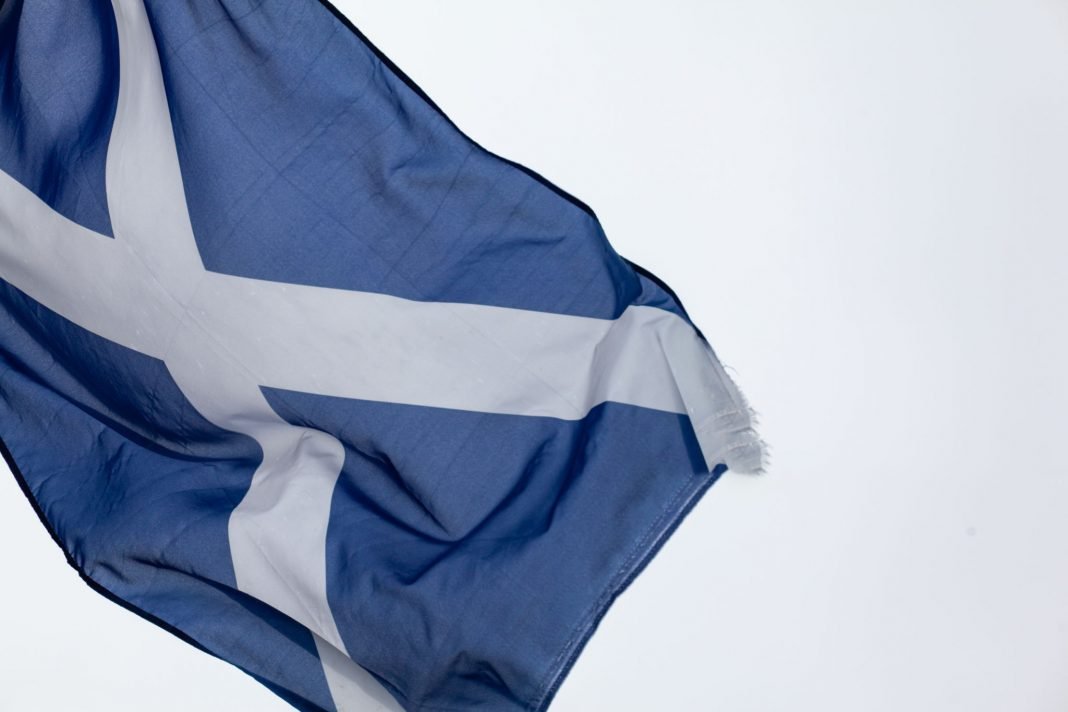Introduction
Scotland is located in north-western Europe and forms the northern third of Great Britain. Its territories have expanded and shrunk, but it came to occupy the northern third of the island of Great Britain, smaller than England, but larger in size and population than Wales and Northern Ireland combined. Scotland, along with England, Wales and Northern Ireland, form the UK. The capital of Scotland is the historic city of Edinburgh. There are significant reserves of crude oil in Scottish waters off the North Sea. Scotland and England were independent kingdoms until 1707, but on 1 May 1707, the two countries formed Great Britain. The current flag of Great Britain is a combination of the flag of Scotland (blue background, white cross) and the flag of England (white background, red cross). Scotland is bordered to the north by the Norwegian Sea, to the east by the North Sea, to the southwest by the Irish Sea and to the west by the North Atlantic Ocean. In addition to mainland Scotland on the British Isles, Scotland includes 790 large small and islands. English is the official language of Scotland and a very small percentage of people speak Scottish Gaelic. The population of Scotland in 2014 was around 5,327,700.
Politics
Although Scotland is considered part of the UK in international politics, such as membership of the United Nations, and in some domestic matters, such as the UK general election, its legal and education system is independent of England, Wales and Northern Ireland. The devolved government of Scotland continues to run a free public healthcare and Scottish students are exempt from paying university fees. The historic referendum on Scottish independence was held on 18 September 2014, with 55% of the people voting against. Although the traditional Conservative, Labour and Liberal Democrat parties oppose secession from the UK, the Greens have said they will support the Scottish National Party’s plan for independence. The Scottish judiciary is independent of the UK and has control over its education system.
Economy
The Royal Bank of Scotland (RBS) is headquartered in Edinburgh. Glasgow is the largest city in Scotland and one of the three largest cities in the UK. Glasgow and its suburbs make up about 41% of the total population of Scotland. The third largest city in Scotland and the centre of the British oil industry is Aberdeen in the north-east of Scotland. The collapse of the Royal Bank of Scotland and Halifax, Scotland’s largest financial companies, caused thousands of job losses, but the two banks were saved from bankruptcy by the UK government. Scotland is a modern country with good working and living conditions. It has one of the highest annual GDPs of any country in the UK. The North Sea has 96% of the UK oil and gas reserves and is a good source of income for them every year. In recent years, the Scottish government has increased its focus on new and renewable energies and plans to invest $7 million in offshore wind turbines. Its air transport is also in good condition. It has two international airports in Edinburgh and Glasgow. Edinburgh Airport is the first in terms of passenger traffic and various flights to other countries in the world, but Glasgow Airport is no less. The airport is connected to all parts of Europe and the world. Imports and exports are mostly carried out through Scotland’s ports and waterways, the most important of which are the ports of Greenock and Glasgow. One of Scotland’s sources of income is tourism. Scotland is famous for its unique, pristine and untouched nature, which is suitable for nature adventurers. Along with natural attractions, there are also many historical attractions.

